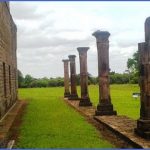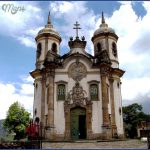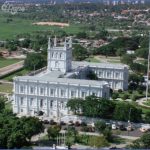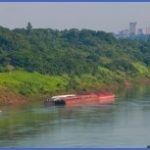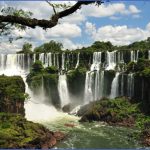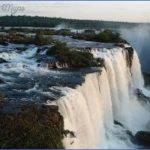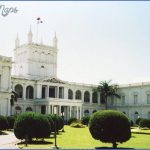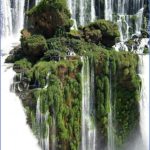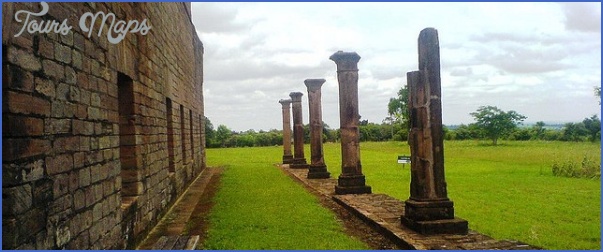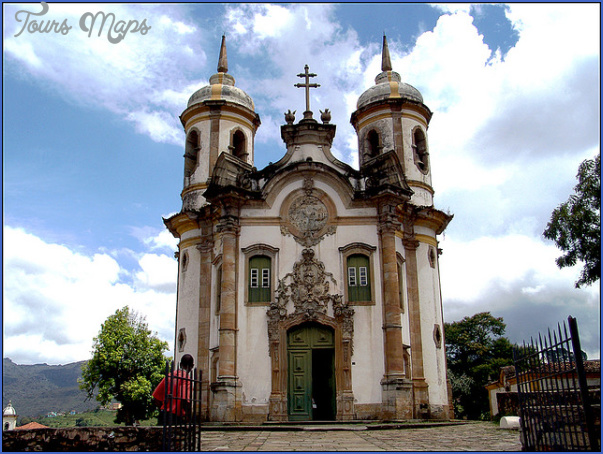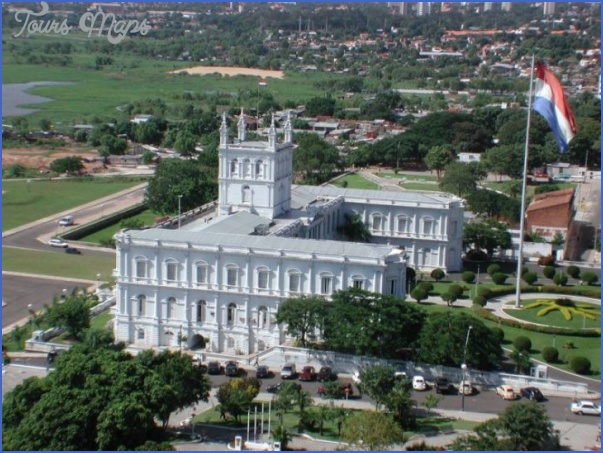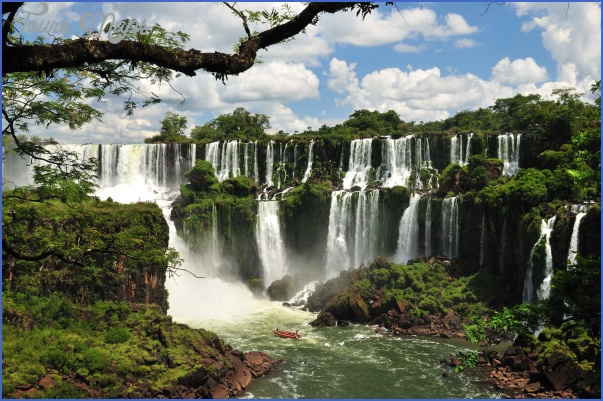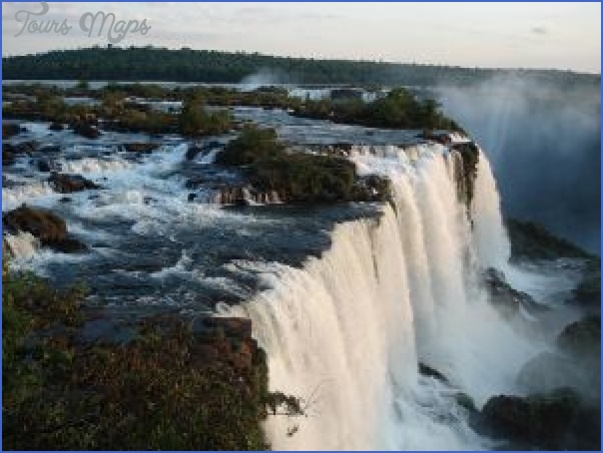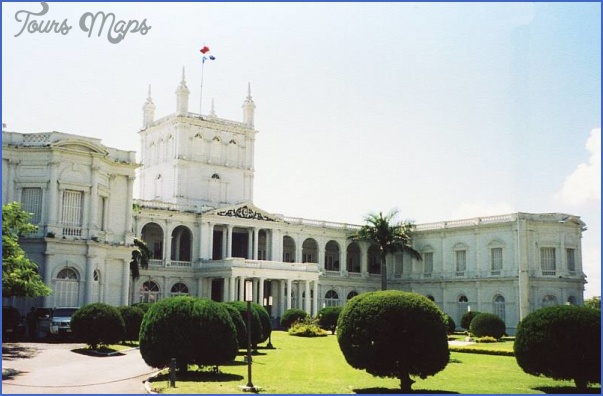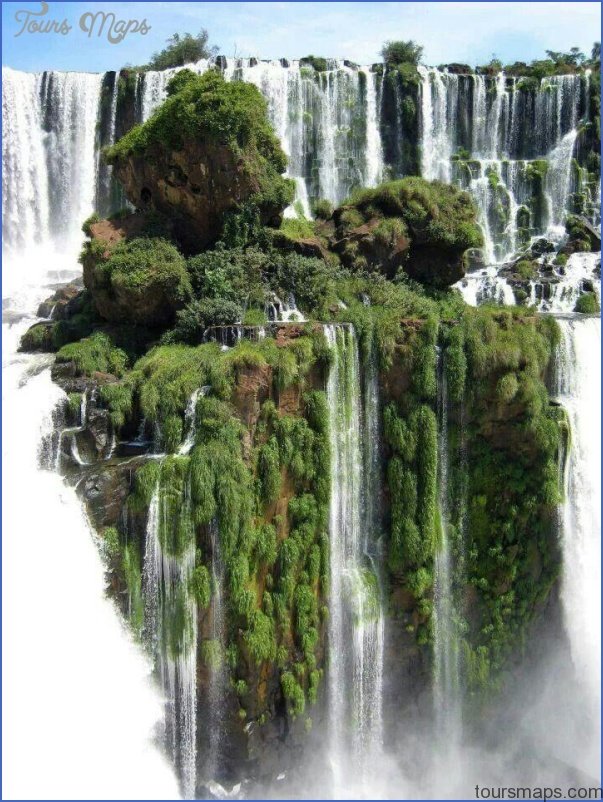The best time to visit Paraguay is during its dry season, between May and October. Daytime temperatures are mild and pleasant with lows in the nighttime notwithstanding. Travel to remote areas is considerably easier and more comfortable than the rest of the year when temperatures soar and rain renders dirt roads impassable. Travel during the spring and summer can be unpleasant due to the extremely hot climate. Trips to the north of the country should be avoided if possible during the summer. Visitors should take appropriate measures to protect themselves from the heat, and anticipate travel delays due to rain. In addition, many smaller businesses and museums are closed for vacation during the month of January.
Weather & Travel
Daytime Highs
Given Paraguay’s intense tropical heat, shielding yourself from the sun is essential, and you will find that, on hot days, everyone’s activities revolve around the temperature. Wear a hat, lightweight clothing, sunglasses, and sunscreen. Remain indoors, or at the very least, in the shade during the siesta hours (noon-3ish). Seek refuge inside air-conditioned malls or restaurants in urban areas and shady plazas in rural areas. Even visitors during the winter months should be prepared to deal with warm snaps.
Staying hydrated is fundamental, even if your physical activity is limited. Bottled water is widely available, though most Paraguayans prefer to stay hydrated with the ubiquitous ice-cold terere (see Terere). Most plazas have at least one stand renting out all the necessary elements for a terere session. Hydration packs such as a Camelpak, will come in handy, especially while on the road. Many businesses will provide free tap water on request or have a water cooler available for customers.
Sidebar: In the countryside water is kept cool in a ceramic jug called a cantaro in Spanish and a kambuchi in Guaram.
Haku eterei!
In Guarani the word for hot is haku, pronounced hakoo with an emphasis on the last syllable. If you want to say it’s hot, all you need to say is haku! If it is really hot, you can say haku etere ‘i. Exclaiming haku eterei! will elicit an affirmative haku eterei in response. However, you should take care not to say Che haku (I’m hot), as that has a different, sexual meaning. It is also probably best to refrain from saying Che ro’y (I’m cold) as the subtle difference in pronunciation between it and Che ro ‘u (I want to have sex) is difficult to master.
Winter Lows
Though Paraguay’s winter temperatures are moderate, the humidity and general lack of insulation, even in upscale constructions, mean low temperatures are felt acutely. Often the difference in the temperature indoors and outdoors is minimal, and in some cases it can actually be colder inside. During the winters, Paraguay is hit by a cold southern front known as the viento sur causing temperatures in the south to drop to freezing cold.
Much Needed Relief
Every winter has a handful of warm days scattered throughout which offer respite from the cold. As the majority of homes do not have dryers, sunny days are ideal for doing laundry. If you need clothing washed during the winter, a sunny morning is the perfect time to seek out a local laundry lady. Make sure to specify whether clothes are dried on a clothes line or barbed wire to avoid having clean but holey clothing.
If you are planning to be in Paraguay between mid-May and mid-August, light to medium weight thermals, a jacket, and a sleeping bag should do the trick. Short term winter travelers should still come prepared with warm weather clothes, as warm snaps are common even in the dead of winter.
Rain
Heavy rains are often the cause for travel delays and cancellations. Asphalted or cobblestone roads may suffer an hour or so of flooding after a heavy rainstorm. Dirt roads, especially those of the Paraguayan Chaco, may become impassable for anything from several hours to days. Visitors to Asuncion are advised to be careful during storms and to stay indoors. The city’s major roads flood quickly and heavy winds can bring down tree limbs and power lines. In the countryside, life slows to a standstill during rainy days with all non-essential activities postponed until the weather improves.
When to Visit Paraguay Photo Gallery
Maybe You Like Them Too
- The Best Cities To Visit in The World
- World’s 10 Best Places To Visit
- Coolest Countries in the World to Visit
- Travel to Santorini, Greece
- Map of Barbados – Holiday in Barbados

